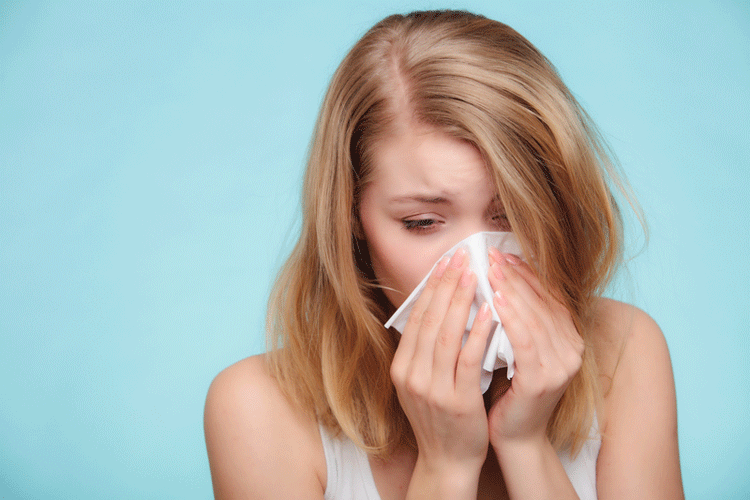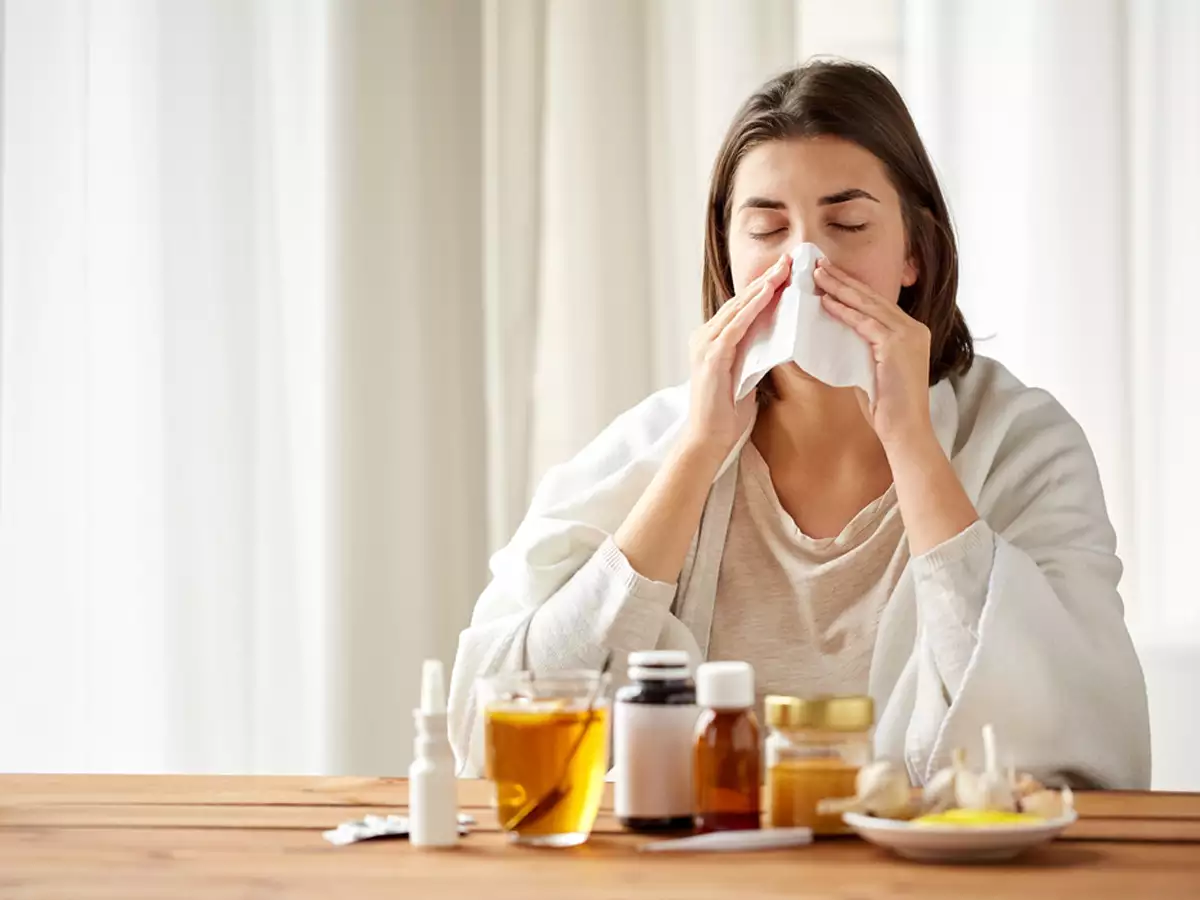Rhinovirus, also known as the common cold, is a highly contagious respiratory illness that affects millions of people every year. Symptoms of a rhinovirus infection include runny nose, sneezing, congestion, sore throat, and a cough. In some cases, people may also experience a fever, fatigue, and body aches.
Symptoms of Rhinovirus
The symptoms of a rhinovirus infection typically appear within one to three days after exposure to the virus. The symptoms can last for several days, and in some cases, up to two weeks. A person is most contagious during the first three to four days of the illness, and it is possible for the virus to be spread through sneezing, coughing, and touching contaminated surfaces.
Treatment for Rhinovirus
The treatment for rhinovirus primarily focuses on relieving symptoms. Over-the-counter medications, such as decongestants, antihistamines, and pain relievers, can be used to relieve nasal congestion, sneezing, and sore throat. Saline nasal sprays or drops can also be used to help relieve congestion. Drinking plenty of fluids and getting rest is also important for helping the body fight off the infection.
In some cases, a person may develop a secondary bacterial infection, such as sinusitis or bronchitis, as a result of a rhinovirus infection. In these cases, antibiotics may be prescribed to treat the bacterial infection. However, it is important to note that antibiotics do not work against viruses, such as rhinovirus, and should not be used to treat the common cold.
Prevention is key when it comes to avoiding a rhinovirus infection. Washing your hands frequently, avoiding close contact with people who are sick, and avoiding touching your face can help reduce your risk of becoming infected. It is also important to practice good respiratory hygiene, such as covering your mouth and nose with a tissue or your elbow when you sneeze or cough.
In conclusion, rhinovirus, also known as the common cold, is a highly contagious respiratory illness that affects millions of people every year. Symptoms of a rhinovirus infection include runny nose, sneezing, congestion, sore throat, and a cough. The treatment for rhinovirus primarily focuses on relieving symptoms. Over-the-counter medications, such as decongestants, antihistamines, and pain relievers, can be used to relieve nasal congestion, sneezing, and sore throat. Drinking plenty of fluids and getting rest is also important for helping the body fight off the infection. Prevention is key when it comes to avoiding a rhinovirus infection. Washing your hands frequently, avoiding close contact with people who are sick, and avoiding touching your face can help reduce your risk of becoming infected.

 Home
Home Health
Health Diet & Nutrition
Diet & Nutrition Living Well
Living Well More
More












